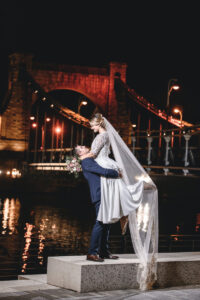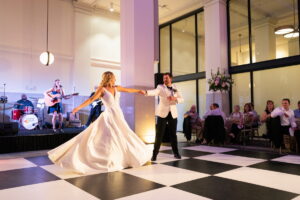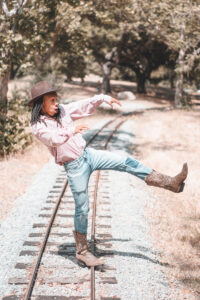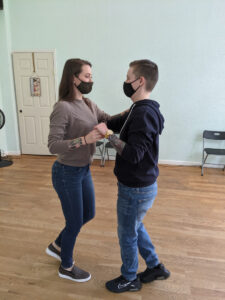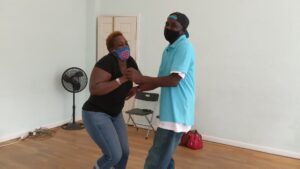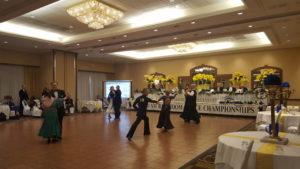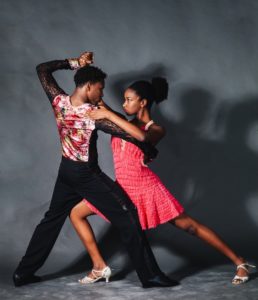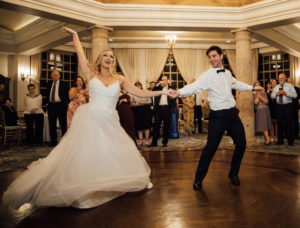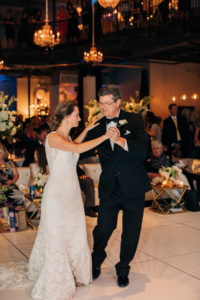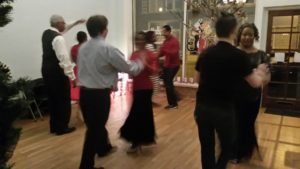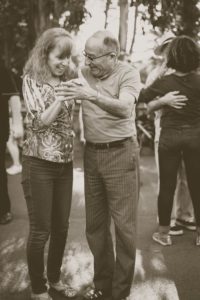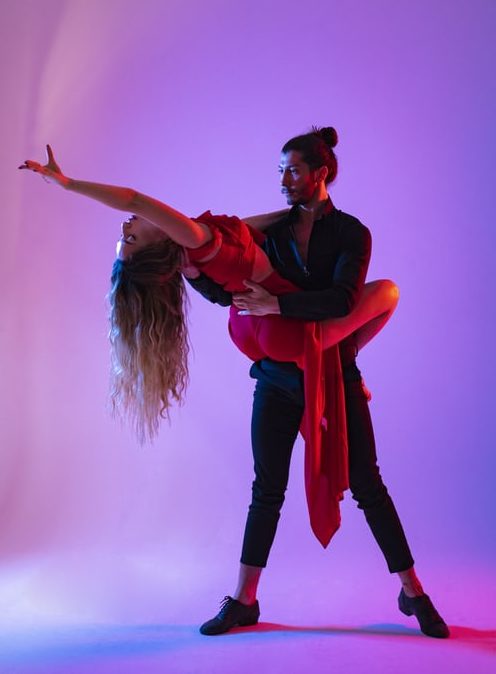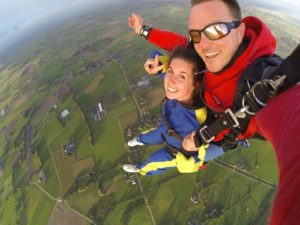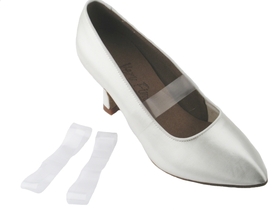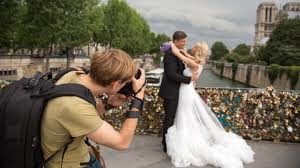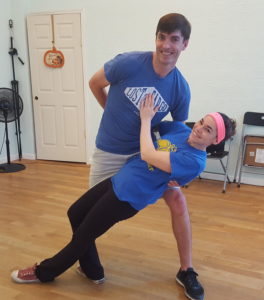Learn to Dance the Right Way!
Quick – can you spot 3 things this couple is doing wrong? I can.
Don’t get me wrong, I love YouTube. It’s full of fun stuff, and I’ve used it to learn many things, from knitting to building a fence. But, there are some things it’s not good for, and learning to dance well with a partner is one of them.
Before I go any further, let me first explain what I mean by dancing well. Some people believe that being a good dancer means knowing a lot of steps. I beg to differ. The core of good partner dancing is being able to lead or follow effectively. Without those skills, you’re pretty much limited to dancing with people who have memorized the same patterns you have. Even then it might be rocky. Once you’ve mastered lead or follow however, you can dance with anyone in the world who has been properly trained. Anyone. Which would you prefer?
So now back to learning to dance using YouTube. We see a lot of people that have tried it and are so frustrated that they’re about to give up on dancing altogether. Why? Because videos don’t give you any feedback. It’s very difficult to evaluate your own movement patterns. That’s why athletes have coaches.
Try this. Put your arms around your partner and walk across the room. Remember, one of you is going backwards. Was it smooth and easy or did you step all over each other? Do you think it will be easier when you add in rhythm and changes of direction? Oh, you don’t have a partner? Do you plan to break out your new “skills” with a stranger in a crowded club? Hmmm. Let me know how it goes.
Leading and following both require a combination of subtle skills that must be mastered to be effective. They’re not difficult, but they’re not entirely intuitive either. If you’re learning with a partner and something isn’t working, you won’t know which one of you isn’t doing their part correctly. And guess what? It’s probably both of you. It’s even worse if you’re learning on your own, because you won’t even know if your move is working or not.
The truth is there are several things that almost every beginner does incorrectly at first, and an even greater number of individual quirks that are possible. Most videos don’t (or can’t) address all of them. That’s why learning to dance well requires the keen eye of a good instructor who can tell you what you’re doing right, what you’re doing wrong, and how to fix the problems. And that is something Professor YouTube will never be able to do.
Better.
One final thought. Once you’ve become a genuinely good dancer, if you want to go scouring YouTube for new moves, have at it. You have my blessing. 😉
More Articles That Might Interest You
Three Dances Everyone Should Know How to Do
And if you want to see real people dancing in the wild, then our Gallery blog is just the inspiration you need.
Three Easy Ways to Find Out More About Lessons
Visit our Lessons page.
Contact us at (901) 359 – 6467 or cat@catsballroom.com
Try a free lesson to see if you like it. We know your will 😉


